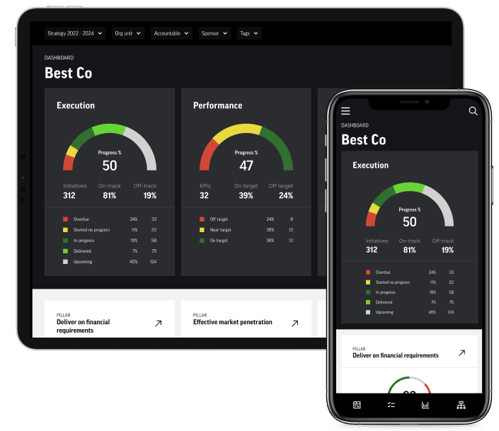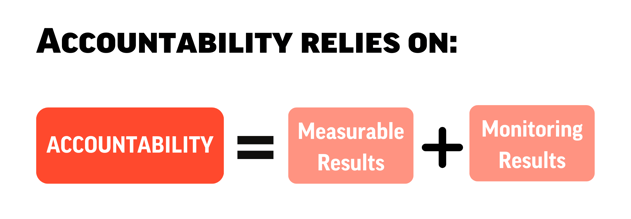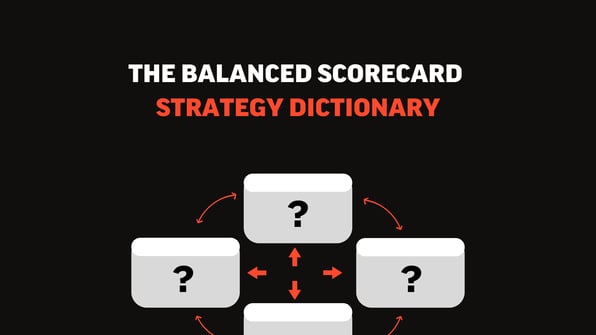What is an agile strategy and how to use it in practice

Old-fashioned Strategy Execution Management methods for high-level, long-term goals (that often stay in the planning stages for months, if not years) grow even less effective every day. There‘s no time for 20th century management tools in our increasingly Volatile, Uncertain, Complex and Ambiguous (VUCA) environment.
Are traditional Strategy Execution Management methods dead?
When considering a big change in your organization, another useful acronym is STOP: Stop, Think, Organize, Proceed. In an ideal environment we‘d take these steps in order, but it isn‘t possible in these VUCA times. An agile organization can rearrange the four elements when and where necessary—all while keeping daily tasks uninterrupted. This is a huge challenge involving considerable risk, and success depends on effective communication and trust between team members.
Your organization‘s agility—its capability of moving quickly and easily—is its special advantage in our unpredictable world. Agility (and agile strategy execution) requires clear and communication and prompt feedback; a good plan can become outdated and new opportunities appear unexpectedly. After your prompt and well-informed assessment, environmental changes can be turned to your distinct advantage.
In agile strategy, accountability is key
Agile strategy requires empowering your team to act. Delegating authority with confidence in your team members not only prevents roadblocks in strategy execution, but increases employee engagement, initiative, and morale. It also assigns accountability where it belongs: to those responsible for their own roles in the strategy‘s execution.

Accountability relies on agreed measurable results and these measurable results can be monitored on an ongoing basis. While this is straight forward when it comes to delivering financial results and sales for example, similar measures are often missing when it comes to strategic accountability. Hence, accountability is missing when it comes to executing a strategy, which means, we do not have the basic ingredient at hand, necessary to run an agile strategy process.

Does Project Management do the trick?
In a traditional agile business strategy process, we have relied on two means by which strategy is executed: Power, i.e. command and control and/or Projects, i.e. project management.
Both of these are necessary to some extent. For instance, it is important that the execution process is uniform and follows certain rules and processes. The form is fixed and unified and there is no room for private editions of the form. In that sense we rely on command and control. The goals and supporting initiatives are, on the other hand, the accountability of the manager in question and the initiatives necessary to reach the goals and execute the strategy need to be well and effectively managed; hence project management.
However, this is not sufficient and will not necessarily deliver the results we are after. We can master the strategy process and we can check in all project boxes, but still might not be delivering the expected results. What is missing? Let's consider when we try to achieve something together as a group. What are we constantly relying on? We rely on promises; that we promise each other that some things will happen or be in place and we go the great length not having to forego on that promise.
Executing an agile strategy requires being on the move
Organizations are living organisms where all parts are more or less interdependent. Thus, success in one area is dependent on support from another area. Likewise, intervention into a specific issue in one area might affect other areas as well. For the organism to be flexible and yet predictable—to be capable of executing an agile strategy—we need concerted movements of all parts. In order to achieve that, we need to qualify all parts for the movement.
Therefore we need to pay specific attention to alignment, whether it be strategic or operational, which makes sure all parts will be prepared, connected, ready and able for certain movement or direction. If not, the dream of living up to one of the most cited buzzwords—"agility"—will only be a distant dream.
Do you still need help?
Don’t panic. Our strategy execution experts are here to support you. Schedule a call at the most suitable time for you, and let our specialists help you in planning and implementing your strategies in an agile way.





.png?width=596&name=Team%20Alignment%20(1).png)



.png?width=80&name=Team%20Alignment%20(1).png)
.png?width=80&name=Strategy%20Evaluation%20(1).png)